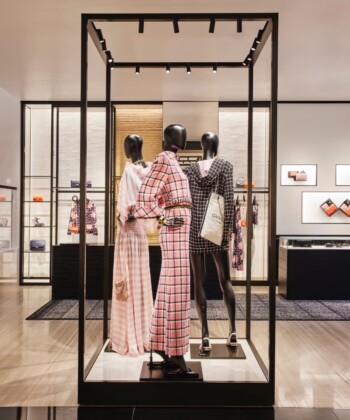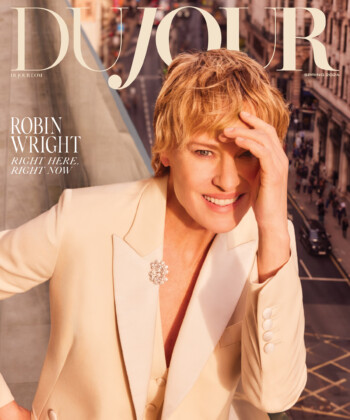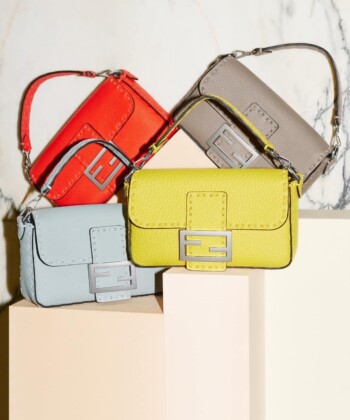Finally, the pendulum is swinging away from the seemingly deathless minimalism that’s long dominated everything from décor (white boxes) to jewelry design (sterling studs). This spring heralds the dawn of the dainty, a new wave of a more fancifully ornate style that, ironically, has been popular much longer.
Much much longer: Filigree—the delicate, lace-like style of jewelry created by twisting and soldering metal threads and beads—has literally been around since the days of antiquity. A current exhibit at the Museum of Spanish Colonial Art in Santa Fe, called “Filigree and Finery: The Art of Adornment in New Mexico,” focuses in part on the jewelry worn by Spanish settlers of the U.S. in the 17th and 18th centuries. And far older examples, dating back a staggering 3,000 years and from cultures as diverse as those of ancient Greece, medieval Europe and 19th-century India, can be found in the permanent collections of the Louvre, the British Museum and New York’s Metropolitan Museum of Art. (A piece of filigreed jewelry pilfered during the Holocaust even features prominently in Ayelet Waldman’s new novel, Love and Treasure.)
Of course, while some jewelers are creating new pieces that faithfully replicate the age-old style (see Kwiat), others are playing fast and loose with their interpretations (including Valentino). And the trend is only getting bigger, impacting interior and fashion design as well. One only needs to look to Los Angeles’s new Ace Hotel or Dolce & Gabbana’s lace-swathed spring collection for proof.
Click through the gallery above to see filigree’s modern manifestations.
MORE:
Design That Thinks Clearly
A Masterclass in Upholstery
Howard Slatkin’s Grand Openings






































